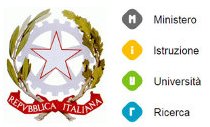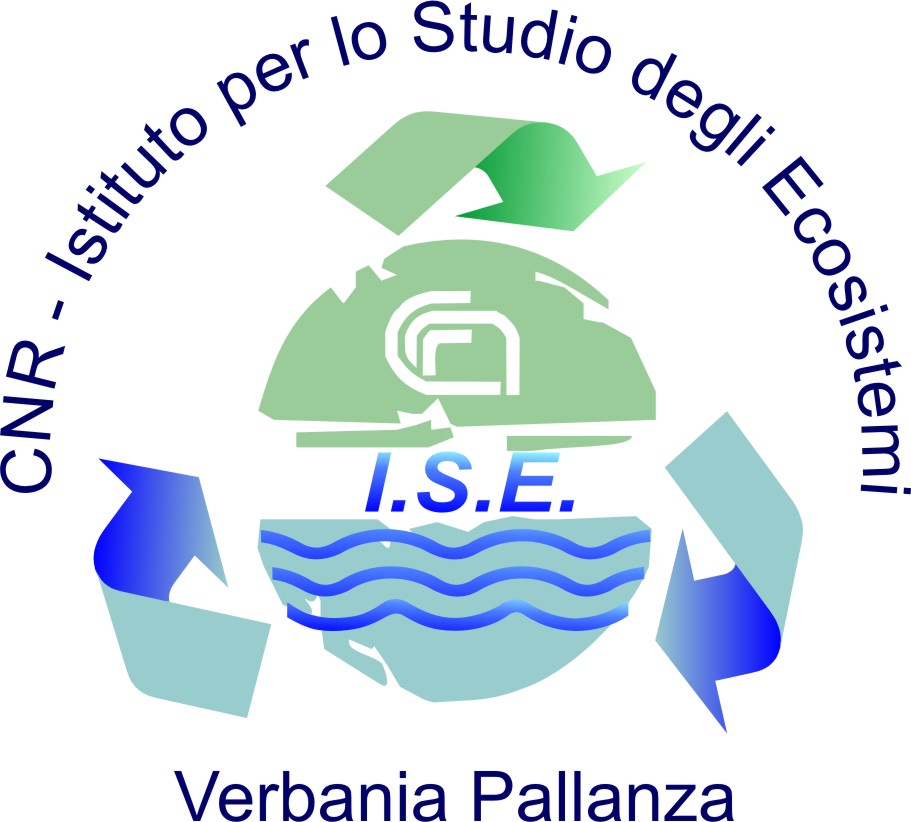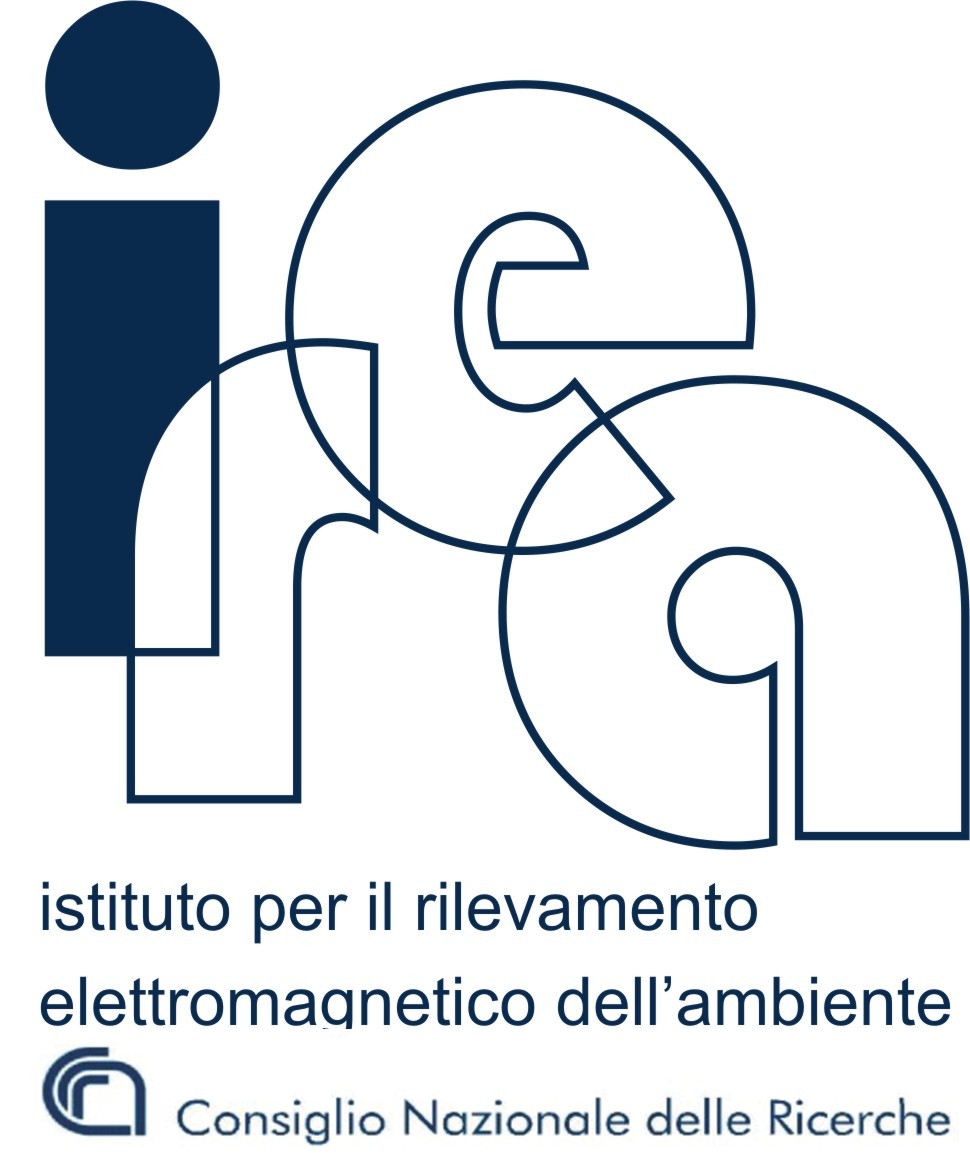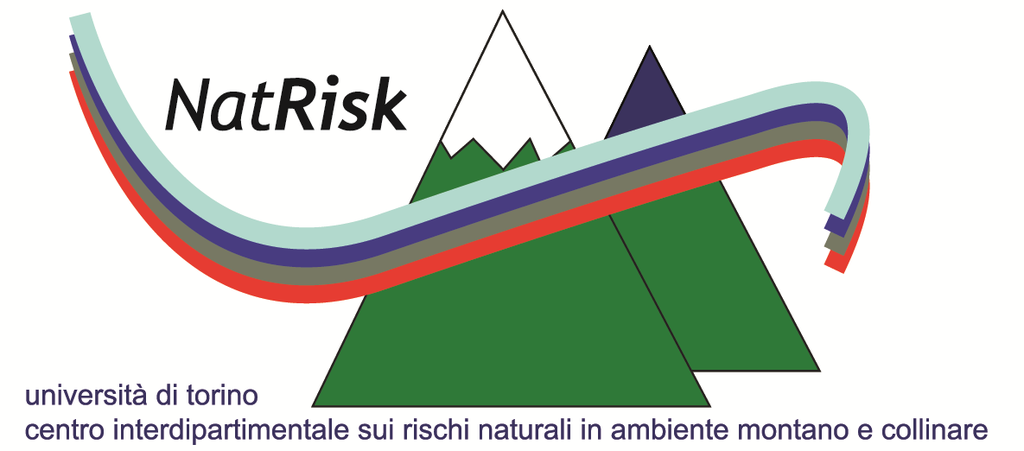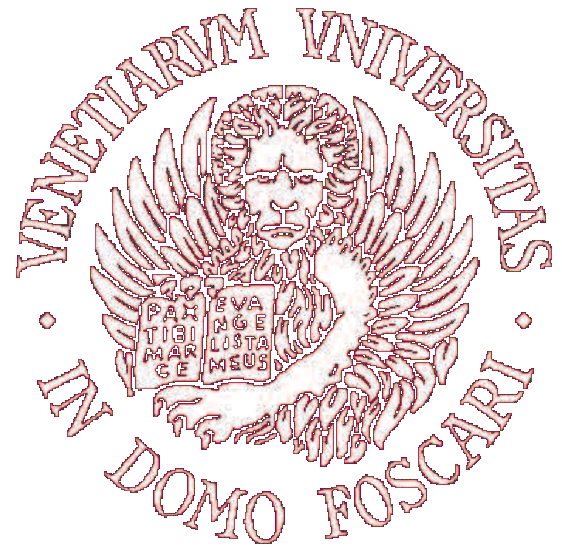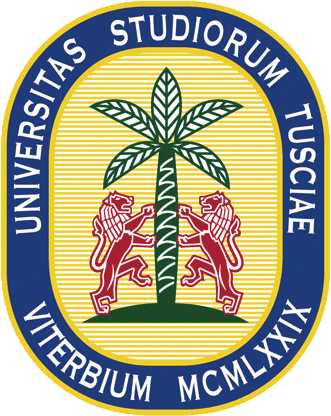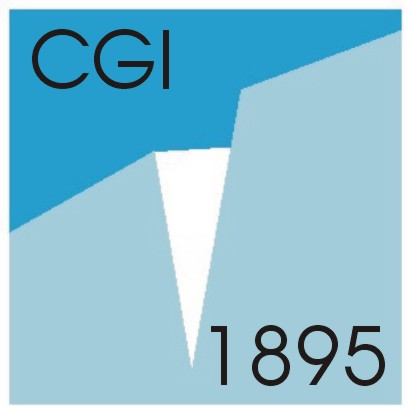You are here
WP 1.5 Paleoclimatic data from sedimentary cores on the continental platform
The scientific activities of this WP are devoted to recover and to study marine sedimentary cores recovered from keysites of the Italian continental platform. The main goal is to identify the major climate oscillation documented over the last millennia. The new acquired data were been uploaded within the database realised in WP 2.4, and the data will be accessible through the General Portal of NextData project (WP2.7).
Activities
• Task 1. Reconstruction of the climate phases over the last two millennia
This task is devoted to record and to analyse marine sediment cores, from keysites of the Italian continental platform, to study at high-resolution the climate dynamics of the Mediterranean over the last millennia.
• Task 2. Reconstruction of the Sea Surface Temperature anomalies over the last two millenni
This task is devoted to the reconstruction of the Sea Surface Temperature (SST) anomalies over the last two millennia throughout geochemical analysis (Mg/Ca ratio measure on selected planktonic foraminifera species) and measurements on alkenones. These data were been compared with available data from other Mediterranean marine sites to verify the synchronicity between the SST anomalies during the identified main climate phases.
• Task 3. Reconstruction of a database of the chronologies from tephra layers from Mediterranean marine sediments
This task is devoted to construct a database of the geochronological and geochemical information from tephra layers documented in the marine sediment cores from the analysed keysites and from literature data.
Results
The obtained results from the high-resolution (secular to decadal scale) multidisciplinary study carried out on marine sediments, allowed us to reconstruct the climate history of the Mediterranean over the last millennia. In particular, six climate phases has been identified (Bronze Age, Roman Period, Dark Age, Little Ice Age, Industrial Period, Modern Warm Period) those chronologically correspond to the major archaeological/cultural subdivision of the last millennia. Within these major climate phases were been identified short-term oscillation, linked to the alternation of warm/wet and cold/dry periods. Concerning the long term-trend climate oscillations, the new acquired data show that from ca. 600CE starts the beginning of a progressive cooling trend of the Mediterranean climate that culminates during the Little Ice Age at ca. 1750 CE (Maunder solar minima). Over the last three centuries, the Mediterranean climate experiences and opposite trend vs warm climate conditions, those are still present today.
Concerning the sea surface temperature (SST) anomalies recorded in the marine archives over the last millennia, the new data show, after the Bronze Age (from 900BCE to 200 BCE), that the Mediterranean is characterized by cold climate condition (anomaly of ca. 1°C), preceding the establishment of Roman Impire. This colder climate condition lasted until ca. at 100 BCE, cover the entire period of the Monarchy in Rome. The following 600 years, the SST anomalies of the Mediterranean, show homogeneous warm climate condition at regional scale, with a pronounced warming phase of ca. 2°C. This well pronounced warm interval, from 100 BCE to 500 CE, covers the Roman Empire archaeological period, from the whole phase of origin, expansion and decline. Therefore, it is possible to hypothesize that the auspicious climatic conditions of this period, the so- called “Roman Climatic Optimum”, may have contributed to the expansion of the Roman Empire in the various areas of the Mediterranean Sea. After the Roman Climatic Optimum, the SST anomalies show a consistent progressive decreasing trend vs cold climate conditions that culminates in the Little Ice Age (ca. 1320 CE - ca. 1850 CE), with an SST anomaly of ca. 2 ° C. From 1850 to 2014 CE, the SST anomalies document a further shift vs a warming phase, of ca. 1°C, probably associated to the onset of the Industrial Period.
The study of the tephra layers recorded in the keysite marine cores and from literature data were classified as tephra or cryptotephra, and for each one the eruption name, source, composition, age, references and correlation with other equivalents were registered. In the whole Mediterranean Sea, tephra and cryptotephra have been analyzed in about 198 sediment cores for different purposes and about 1000 tephra layers are recorded into database.

